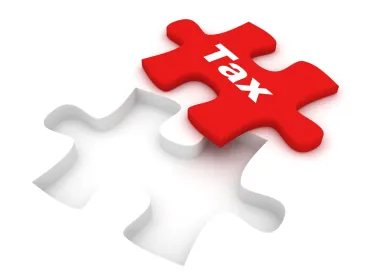Considerable changes to sales tax laws in more than two dozen states continue to challenge online retailers, who must swiftly comply with a complex and shifting network of regulations.
It has been nine months since the U.S. Supreme Court’s landmark South Dakota v. Wayfair, Inc. decision, which determined that sales to customers in a state alone are sufficient to create an obligation to collect the state’s sales tax. The decisions gave each state the freedom to set their own thresholds and enforcement dates, even potentially retroactively.
So far, more than 35 states have enacted measures to reap the benefits of Wayfair. The states that have yet to modify their tax laws could enact legislation at any time or may believe their laws already require out of state vendors to collect sales tax.
At issue in Wayfair was South Dakota’s 2016 legislation that relied on a two-tiered nexus test. It required retailers with no physical presence in the state to collect sales taxes if they deliver $100,000 or more in goods or services into the state or if they engage in 200 or more retail transactions that result in the delivery of goods in the state.
Many states that have adopted out-of-state sales tax obligations have followed the two-tiered nexus test used in South Dakota, perhaps to ensure that their laws pass muster with any future potential challenges. But the parameters of nexus tests often vary from state to state. Among the states that require out-of-state vendors to collect sales tax:
-
California: The California Department of Tax and Fee Administration established a new collection requirement effective April 1, 2019. Retailers with no in-state physical presence must collect sales taxes if, during the preceding or current calendar year, they (1) generate sales in California in excess of $100,000 or (2) engage in at least 200 transactions for the delivery of goods to California.
-
New York: The New York State Department of Taxation and Finance requires retailers with no in-state physical presence to collect sales taxes if, within the four immediately preceding sales tax quarters, they (1) deliver more than $300,000 in sales of goods into New York or (2) engage in more than 100 retail transactions delivering goods into New York. The new tax obligation became effective immediately following the Wayfair decision.
-
District of Columbia: The District of Columbia enacted legislation requiring retailers with no in-state physical presence to collect sales taxes if, in a 12-month period, they (1) exceed $100,000 in sales of goods within the District or (2) engage in more than 200 retail transactions delivering goods into the District. This legislation is not applied retroactively.
-
Pennsylvania: The Pennsylvania Department of Revenue issued Sales and Use Tax Bulletin 2019-01, which outlines the changes it implemented for out-of-state retailers. Effective July 1, 2019, all retailers with no in-state physical presence must collect sales taxes if they generate sales in excess of $100,000 in Pennsylvania. The first collection period is July 1, 2019 through March 31, 2020, using sales in the 2018 calendar years to determine nexus. For each year thereafter, collection begins in the second quarter so that retailers have sufficient time to compile information. (For example, the second collection period is April 1, 2020 through March 31, 2021, using sales in the 2019 calendar year to determine nexus.)
The Wayfair decision—and the new measures resulting from it—will mean increased tax revenue for states. According to statistics cited by the Court, South Dakota lost as much as $58 million annually under the previous standard—set by Quill Corp. v. North Dakota, which essentially exempted online retailers from collecting state sales tax in states where they had no physical presence. On a national level, the Government Accountability Office estimated uncollected e-commerce revenue to be between $8 billion to $13 billion.
But the increased compliance burden comes at a price for online retailers. Software programs have been created to help online retailers navigate the constellation of state and local sales tax requirements, as well as laws involving special tax districts. But that software can be expensive, increasing costs for small or specialty retailers.
Ballard Spahr’s Tax Group, in its initial report on Wayfair, noted that the decision left open two important questions:
-
Since physical presence is not necessary to require a vendor to collect sales tax, what is the new standard? Is there any minimum number of transactions or sales amount necessary before a state can require a vendor to collect the tax? Or is one sale valued at a penny enough to create nexus for sales tax?
-
Can states apply the Wayfair decision retroactively and seek to collect tax from vendors if their customers did not pay the tax on purchases in prior years?




 />i
/>i

